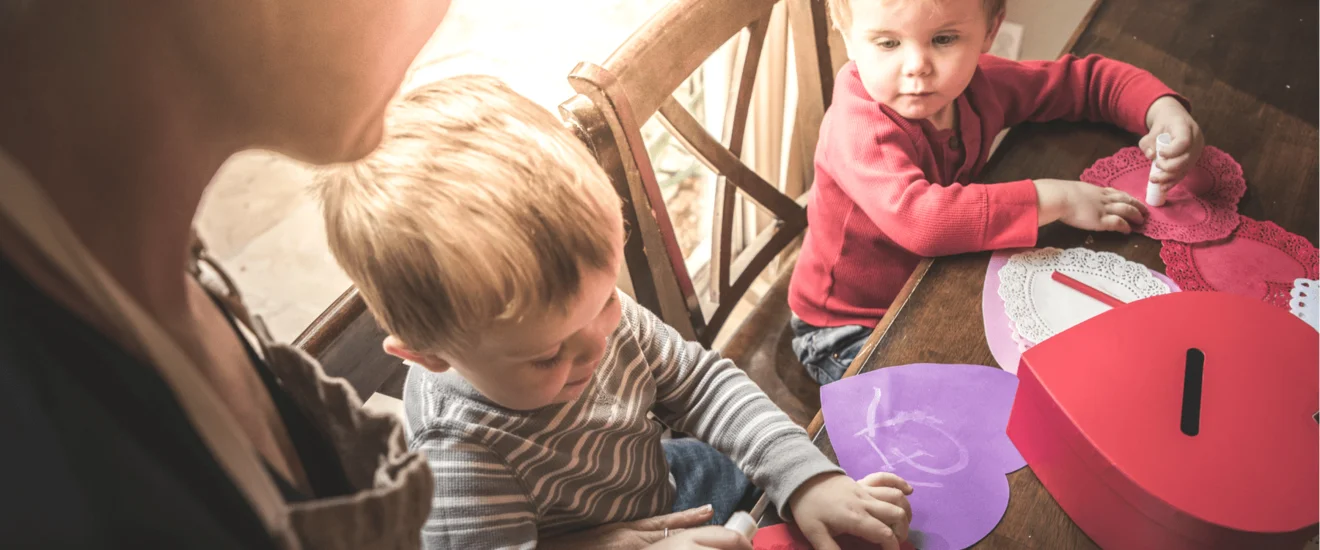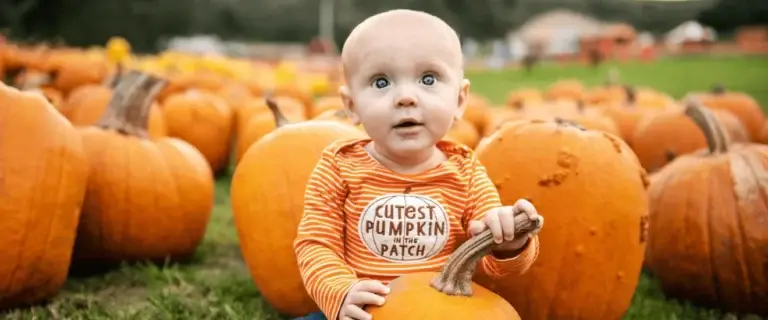Valentine’s Day is a special day to show extra love and appreciation to those around you. It is often a day filled with cards, candies, and other sweet treats. However, for children with autism spectrum disorder (ASD) this day can also be a challenge.
For a child with autism, Valentine’s Day can mean an interruption to their daily routine, and exposure to unfamiliar social norms, social cues, and words. It can also mean new and potentially dysregulating decorations. If you have a child in preschool, it may mean new group activities.
However, with just a little preparation and modification, you can make Valentine’s Day a fun-filled day for the entire family!
Preparing your Child with Autism for Valentine’s Day
Children with autism prefer routine and predictability. Valentine’s Day, just like any other special occasion or holiday, can cause a disruption to your child’s daily routine. However, taking some time in the days leading up to Valentine’s Day to talk to your child about Valentine’s Day and what that day will look like can make all the difference.
Here are some things you may want to do in the days leading up to Valentine’s Day to help your child prepare:
- Talk about Valentine’s Day. Take some time to explain to your child why we celebrate Valentine’s Day, how people celebrate Valentine’s Day, and the things they may see or hear on and around Valentine’s Day. Valentine’s Day also presents a great opportunity to talk about things like love, friendship, and kindness.
- Read Valentine’s Day books with your child. Age-appropriate books with visuals are a great way to teach your child about new holidays and activities. Reading books with your child can help them better understand why we celebrate Valentine’s Day and the things they can expect to experience. Here are some books we recommend you check out:
- Role play handing out Valentine’s Day cards. Handing out Valentine’s Day cards is a very common activity. You can help your child prepare for handing out Valentines by role-playing the interaction with them. When role-playing with them, be sure to break down the activity into small, easier-to-understand steps like:
- Look at the card
- Pick up the card
- Walk up to someone
- Say, “Happy Valentine’s Day!”
- Hand them the card
- Let go of the card
- Walk away
Be sure to also practice receiving Valentine’s Day cards with your child!
- Help your child make a list of special people in their life. This simple activity can help get your child in the right mindset and mood for Valentine’s Day, by giving them an opportunity to think about and reflect on all the different special people in their lives. You can help your child through this activity by asking questions about the special people in your child’s life. Questions like:
- What is your favorite thing about grandma?
- Do you like grandpa’s hugs?
- Do you like playing games with your brother?
Modify the questions to match your child’s abilities and for non-speaking children, you can show them pictures of different people in their lives and let them react.
Fun Valentine’s Day Activities
There are many fun ways you can celebrate Valentine’s Day with your child. Here are some of our favorite suggestions:
- Make and decorate Valentine’s cards. Let your child explore their creative side, by making and decorating their own Valentine’s Day cards. This can be as simple as printing out and coloring pre-made cards or as complex as making their cards from scratch. Start from your child’s abilities, interests, and skill level, and let them lead the activity. You can find some great Valentine’s Day card ideas on Pinterest!
- Make a Valentine’s Day sensory bin. Sensory bins are a great activity for children on the autism spectrum, so why not make a Valentine’s Day-themed one? Simply fill a plastic bin with different pink, red, and white objects such as:
- Heart-shaped foam pieces
- Pink sprinkles
- Colorful pom poms
- Pink sensory sand
- Shredded paper
- Polished rocks and stones
- Plastic rings
- Colorful beads
- Create a Valentine’s Day sensory sticky wall. Similar to a sensory bin, a sensory sticky wall is also a great activity for a child with autism. To create a sensory sticky wall simply tape clear contact paper to a wall, refrigerator, or any other flat surface, sticky side out. You can use red or pink masking tape to go with the Valentine’s Day theme. Then gather items like foam hearts, feathers, fuzzy pom poms, and felt paper hearts in pink, red, and purple colors. Place all your Valentine-themed items in a bin and let your child have fun sticking the different objects to the wall.
- Create a personalized picture book of loved ones. Rather than just making a list of everyone your child cares about you can use photos or drawings to create a book of loved ones with your child. For each image, you can help them develop a sentence on who the person is and why they are special to your child!
- Start a new family tradition. Your family and your child’s needs are unique, so celebrate in a way that works best for your family. Maybe that means going out for a sweet treat, staying home and baking something special, watching a movie, or reading a book together. Find a way to make Valentine’s special for your child and your family.
For even more activities be sure to check out this great list from Happy Toddler Playtime!
Happy Valentine’s Day!






